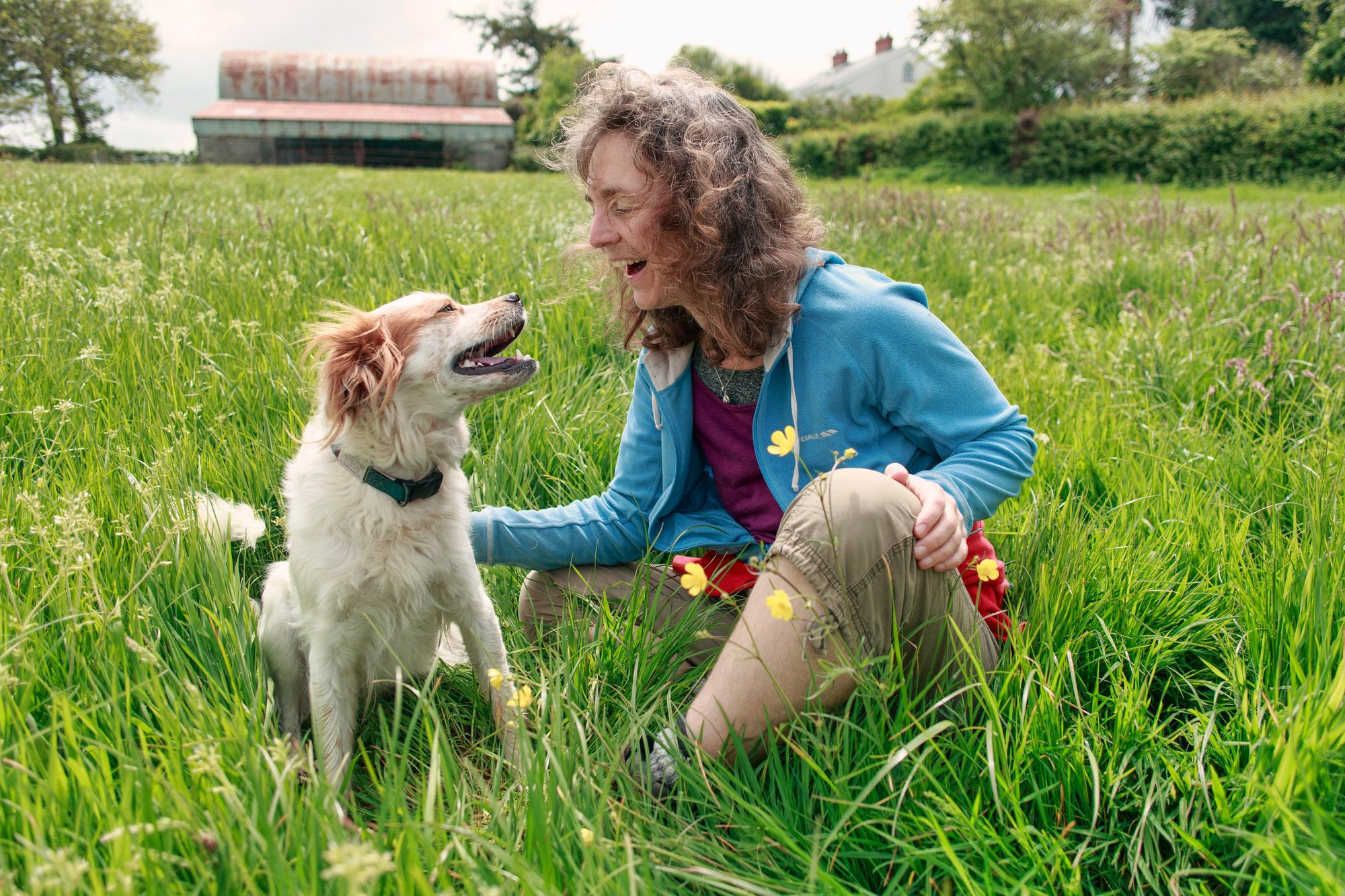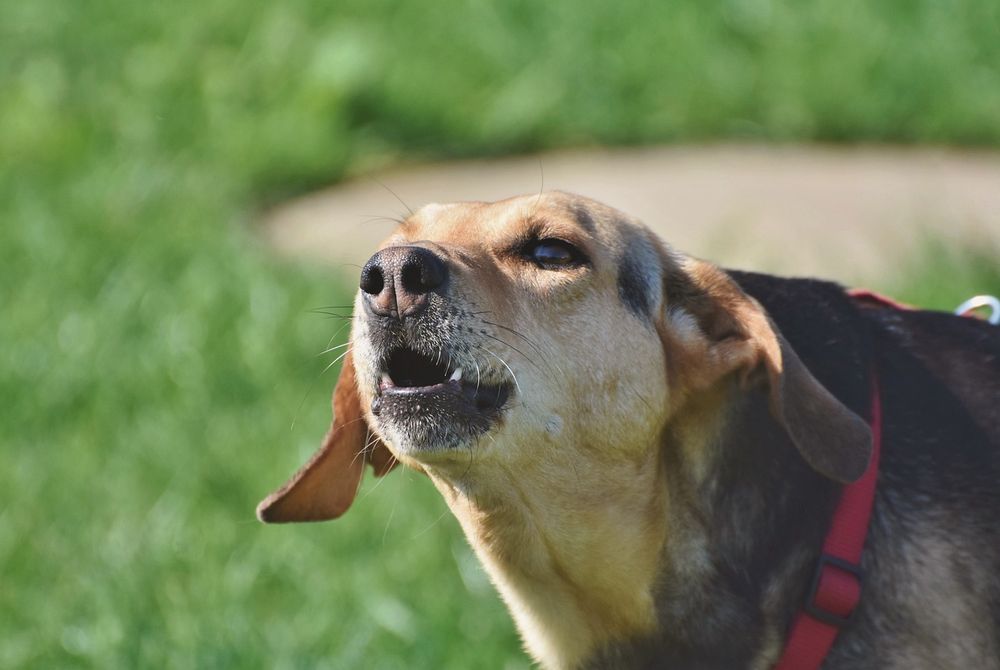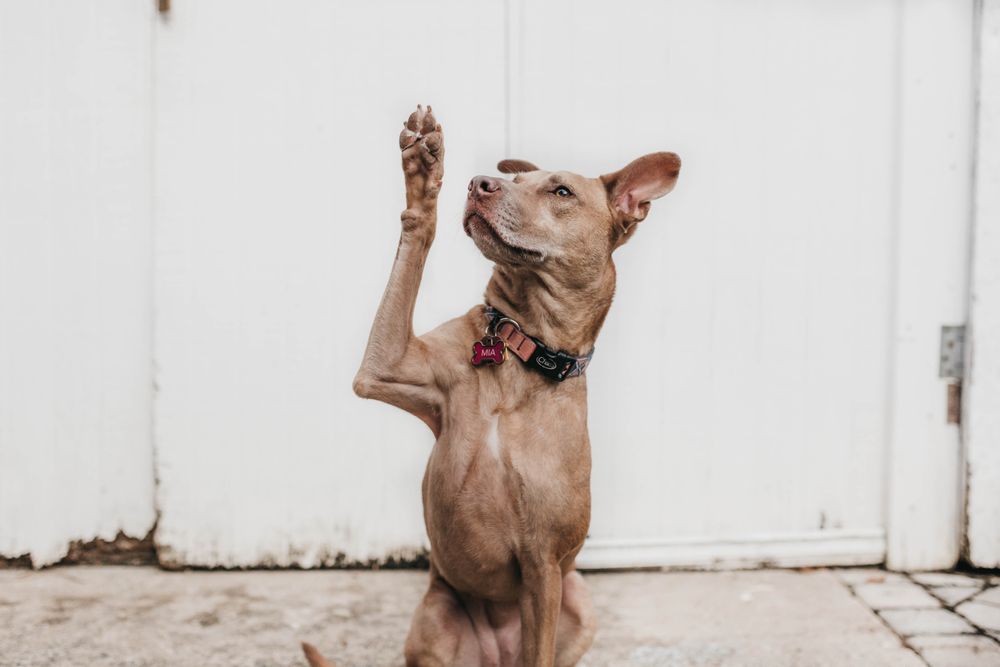Teaching your dog to target a hand or an object with their nose is a great way to get your dog to focus around distractions and a prerequisite for your dog to learn “Come” and other behaviors. Additionally, it can be a confidence booster if your dog is timid! To help teach your dog "Touch", this article explains:
- Why it’s important to teach your dog “Touch”
- Tips for teaching your dog “Touch”
- What other pet parents are asking about teaching their dog “Touch”
Why is it important to teach your dog “Touch?”
Teaching your dog "Touch" is valuable for several reasons:
- Helps with focus: "Touch" is a useful technique that can help your dog to focus and pay attention to you. By touching a specific target, your dog learns to tune out distractions and focus on the task at hand.
- Increases communication: "Touch" provides a clear and consistent way to communicate with your dog. Once your dog has learned the command, you can use it to direct their attention, guide them through obstacles, and even signal when it's time to come inside.
- Builds confidence: Learning new commands and tricks can be fun and rewarding for dogs, and "Touch" is no exception. As your dog becomes more confident in their ability to touch a target, they may become more willing to try new things and take on new challenges.
- Prepares for advanced training: "Touch" is often used as a foundation behavior for more complex tricks and obedience training. By mastering this basic skill, your dog will be better equipped to learn other behaviors and follow more advanced commands.
Overall, teaching your dog "Touch" can help strengthen your bond, improve communication, and lay the groundwork for more advanced training.
Tips for teaching your dog “Touch”
When teaching “Touch”, it's really important to set up your dog’s training environment to help them be successful. This means determining what reward (e.g. treat or piece of kibble) practicing:
- In a quiet area.
- With no distractions.
Once you’ve set up your dog’s environment, you can start practicing the two levels of touch:
Level 1
- Sit on a chair with a handful of treats in your pouch or pocket
- Make sure the treats are not visible to your dog
- Extend your right arm, keep 2 fingers together, and hold your fingers a few inches from your dog’s nose
- The moment your dog touches your fingers with their nose, say “Yes” and give your dog a treat
- Once your dog is successfully touching your fingers 10 times per minute, increase the difficulty by moving your fingers slightly farther away
- Remember to always say “Yes” and provide a treat immediately after your dog touches your fingers.
Level 2
- Sit or stand a couple of feet away from your dog
- Make sure you have treats available, but not visible to your dog
- Extend your right arm, keep two fingers together, and say "Touch!"
- The moment your dog touches your fingers with their nose
- Say "Yes" and give your dog a treat
- Once your dog is successfully touching your fingers 10 times per minute, increase the difficulty by asking your dog for a "Touch" when they're looking in the opposite direction
- Remember to always say “Yes” and provide a treat immediately after your dog touches your fingers.

Frequently Asked Questions About Teaching Your Dog “Touch”
What if my dog isn’t food motivated?
If your dog isn’t food motivated, there are plenty of non-food rewards you can explore with your dog:
- Verbal praise: Don't be afraid to use gooey baby-voices to praise your dogs. Dogs tend to find high pitches to be more intriguing and exciting than lower pitch sounds.
- Praise by petting: Does your dog love getting their butt scratched? This can be a way to reward their behavior--just be sure not to overuse butt-scratching outside of training sessions.
What do I do if my dog wants to shake a paw every time I ask for a “Touch”?
In this case, you will want to retrain the “touch” behavior. To do this:
- Implement a clear visual or verbal cue to differentiate “touch” from the shake behavior. Start by using a new target object that your dog has never seen before, and give a clear cue such as "touch" while using a hand gesture to indicate the target object.
- Use positive reinforcement. Reward your dog every time they touch the target object. This will help to reinforce the correct behavior.
- Fade out the old behavior. If your dog continues to offer the shake behavior, discourage it by ignoring it and rewarding only the correct touch behavior.
- Generalize the behavior. Once your dog has learned the new touch behavior, generalize the behavior by practicing it in different locations and with different target objects.
- Monitor progress. Check in with your client regularly to make sure that the dog is consistently performing the touch behavior as intended and not reverting back to the shake behavior.
By retraining the touch behavior and reinforcing it with positive rewards, you can help your dog learn the intended behavior and avoid confusion in the future.




